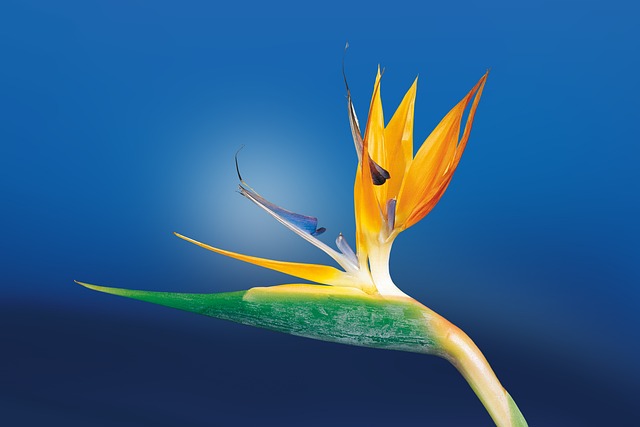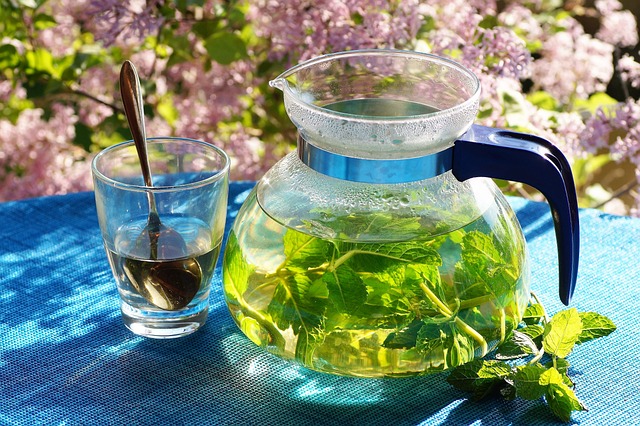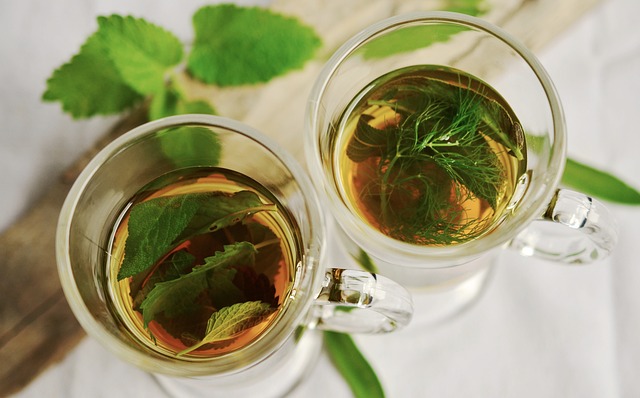
Beauty and Significance of Flowers
Introduction
Flowers have captivated human imagination for centuries, symbolizing love, beauty, and life. From the intricate petals to the vibrant colors, flowers evoke emotions and convey messages.
This comprehensive guide explores the world of flowers, delving into their history, meanings, types, care, and uses. Beauty and Significance of Flowers.
History of Flowers

Flowers have played a significant role in human culture:
- Ancient Egypt: Flowers adorned pharaohs’ tombs and symbolized rebirth.
- Greece and Rome: Flowers represented love, fertility, and mythology.
- Victorian Era: Flowers conveyed secret messages through floriography.
Meaning of Flowers
Flowers convey emotions and messages:
- Red Roses: Love, passion, and romance.
- Tulips: Perfect love, elegance, and refinement.
- Sunflowers: Warmth, happiness, and loyalty.
- Lilies: Purity, innocence, and refined beauty.
- Carnations: Admiration, love, and distinction.
Types of Flowers
- Annuals: Complete life cycle within a year (e.g., marigolds, petunias).
- Perennials: Live multiple years (e.g., roses, daylilies).
- Bulb Flowers: Store energy in bulbs (e.g., tulips, daffodils).
- Cut Flowers: Harvested for arrangements (e.g., roses, carnations).
- Wildflowers: Grow naturally in fields and meadows.
Care and Maintenance
- Watering: Adequate moisture, avoiding overwatering.
- Sunlight: Most flowers require direct sunlight.
- Soil: Well-draining, nutrient-rich soil.
- Fertilization: Balanced fertilizers promote growth.
- Pruning: Encourages healthy growth and blooming.
Uses of Flowers
- Decoration: Arrangements, bouquets, and centerpieces.
- Perfumes and Fragrances: Essential oils extracted from flowers.
- Medicinal Purposes: Herbal remedies and teas.
- Food and Beverages: Edible flowers, floral teas, and honey.
- Symbolic Gestures: Expressing emotions, sympathy, and gratitude.
Cultural Significance
Flowers hold deep cultural significance:
- Weddings: Symbolizing love, commitment, and unity.
- Funerals: Paying respects, honoring memories.
- Holidays: Christmas poinsettias, Easter lilies, and Mother’s Day roses.
- Traditions: Japanese cherry blossom festivals, Indian flower garlands.
Flower Arranging
- Choose a theme or color scheme.
- Select complementary flowers and foliage.
- Balance texture, shape, and size.
- Consider container and setting.
- Create harmony and visual appeal.
Conclusion Beauty and Significance of Flowers
Flowers are a universal language, conveying emotions and messages. Their beauty, fragrance, and significance have captivated humans for centuries. Whether in gardens, arrangements, or everyday life, flowers continue to inspire and uplift us.

Flower Glossary
- Petal: Colorful, delicate flower part.
- Sepal: Green, protective flower part.
- Stem: Supports flower and leaves.
- Pistil: Female reproductive organ.
- Stamen: Male reproductive organ.
Common Flower Diseases
- Powdery Mildew: Fungal disease causing white powder.
- Black Spot: Fungal disease causing black spots.
- Aphids: Small, sap-sucking insects.
- Whiteflies: Tiny, winged insects.
Flower-Themed Celebrations
- Flower Crowns: Symbolizing love, beauty, and creativity.
- Flower Festivals: Celebrating blooms and community.
- Flower Workshops: Learning arrangement and care techniques.
Explore the world of flowers, and discover their beauty, significance, and impact on our lives. for more https://amazeu.online/


